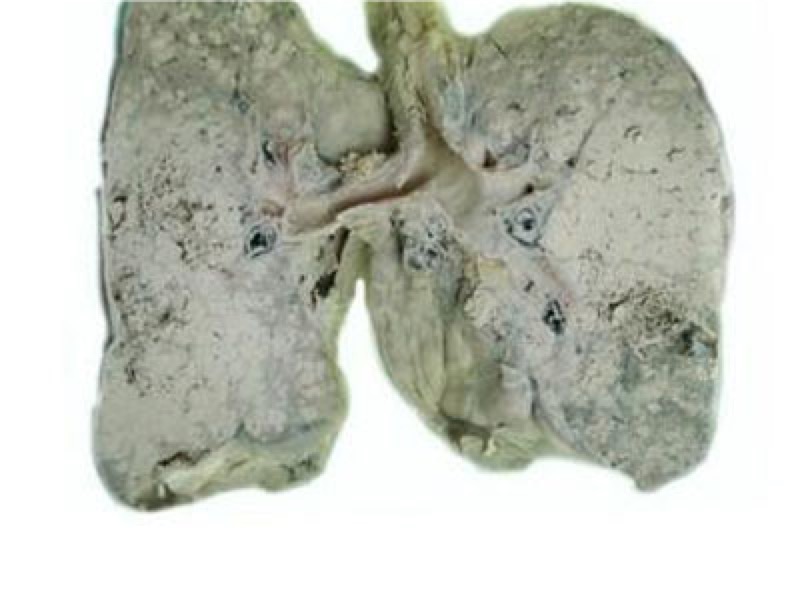The composition of the digestive system
The digestive system consists of the digestive tract and the digestive glands.
The digestive tract is a long muscular duct that extends from the mouth to the pharynx, esophagus, stomach, small intestine, large intestine, and anus. The passing organs include the oral cavity, pharynx, esophagus, stomach, and small intestine ( Duodenum, jejunum, ileum) and large intestine (cecum, colon, rectum) and other parts.
Digestive glands are divided into small and large digestive glands. The small digestive glands are scattered in the wall of each part of the digestive tube. The large digestive gland has three pairs of salivary glands (parotid gland, submandibular gland, sublingual gland), liver and pancreas. They all use the catheter to discharge secretions into the digestive tube.
The human body has 5 digestive glands, namely: salivary glands (secreting saliva, salivary amylase decomposes starch into maltose), gastric glands (secreting gastric juice, protein into peptides), liver (bile secreting, Stored in the gallbladder to decompose large-molecular fat into small-molecule fat, called physical digestion, also known as "emulsification"), pancreas (secreted pancreatic juice, pancreatic juice is digestive of sugar, fat, protein) Digestive juice), intestinal glands (secreting intestinal juice, decomposing maltose into glucose, decomposing peptides into amino acids, decomposing small molecule fats into glycerol and fatty acids, also digestive fluids that have digestive effects on sugars, fats, and proteins).
Basic functions
The basic physiological functions of the digestive system are ingestion, transport, digestion of food and absorption of nutrients, and excretion of waste. The completion of these physiology depends on the entire Coordinated physiological activity of the gastrointestinal tract. The digestion and absorption of food provide the substances and energy needed by the body. Except for vitamins, water and inorganic salts, the nutrients in food can be directly absorbed and utilized. Proteins, fats and sugars cannot be directly absorbed and used by the body. It needs to be broken down into small molecules with simple structure in the digestive tube before it can be absorbed and utilized. The process by which food is broken down into small molecules in a simple structure that can be absorbed is called digestion. The absorption of this small molecular substance into the blood and lymph through the mucosal epithelial cells of the digestive tract. For the unabsorbed residue, the digestive tract is excreted in the form of feces through the large intestine.
In the process of digestion, including the physical decomposition of food. The various digestive juices secreted by the digestive glands break down complex nutrients into simple compounds that can be absorbed by the intestinal wall, such as sugars into monosaccharides, proteins into amino acids, and lipids into glycerol and fatty acids. These decomposed nutrients are then absorbed into the body by the small intestine (mainly the jejunum) and enter the blood and lymph. This digestion process is called chemical digestion.
Mechanical digestion and chemical digestion are performed simultaneously to complete the digestion process.
Related Articles

- Early Signs of Bladder Cancer
- What are the early symptoms of bladder cancer?
- 2020-12-17

- How to prevent depression
- How to prevent depression?
- 2020-12-17

- Early symptoms of lung cancer
- 2020-12-17

- Symptoms of depression
- What are the symptoms of depression?
- 2020-12-17

- Drinking water can prevent heat stroke
- Actually, the hot weather is not the direct cause of heat stroke. Heat stroke is mostly caused by sweating caused by heat. Under the high temperature in summer, the body sweats tens of tim
- 2020-08-03

- Office workers should beware of cervical spondylosis
- Cervical spondylopathy is mainly caused by degeneration of cervical intervertebral disc and hyperostosis of cervical spine, with neck and shoulder pain, numbness of upper extremities and d
- 2020-08-03
